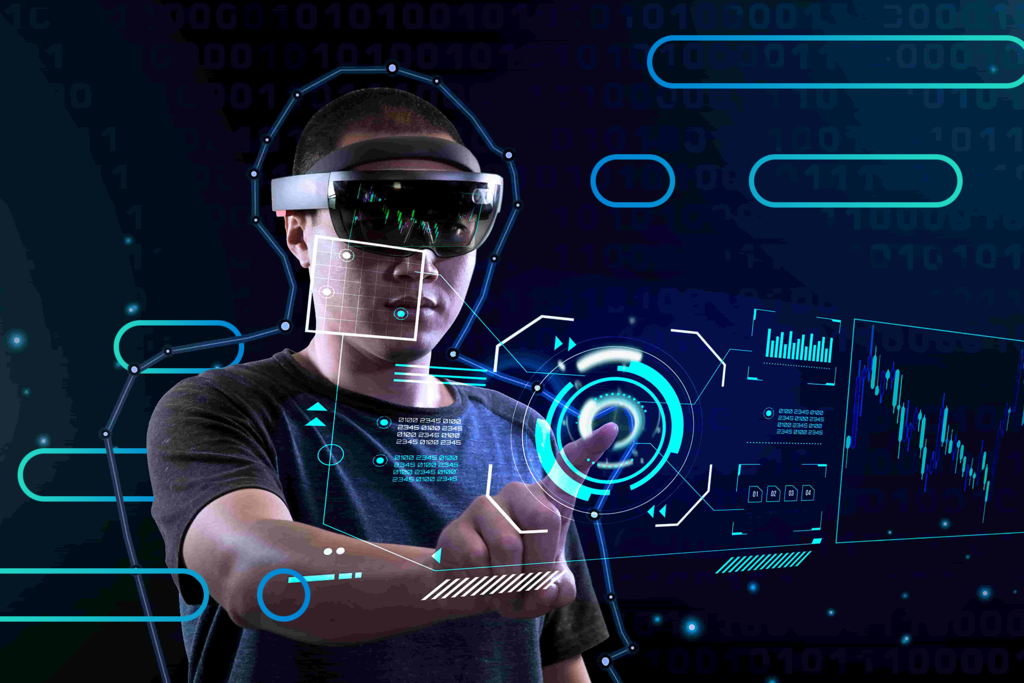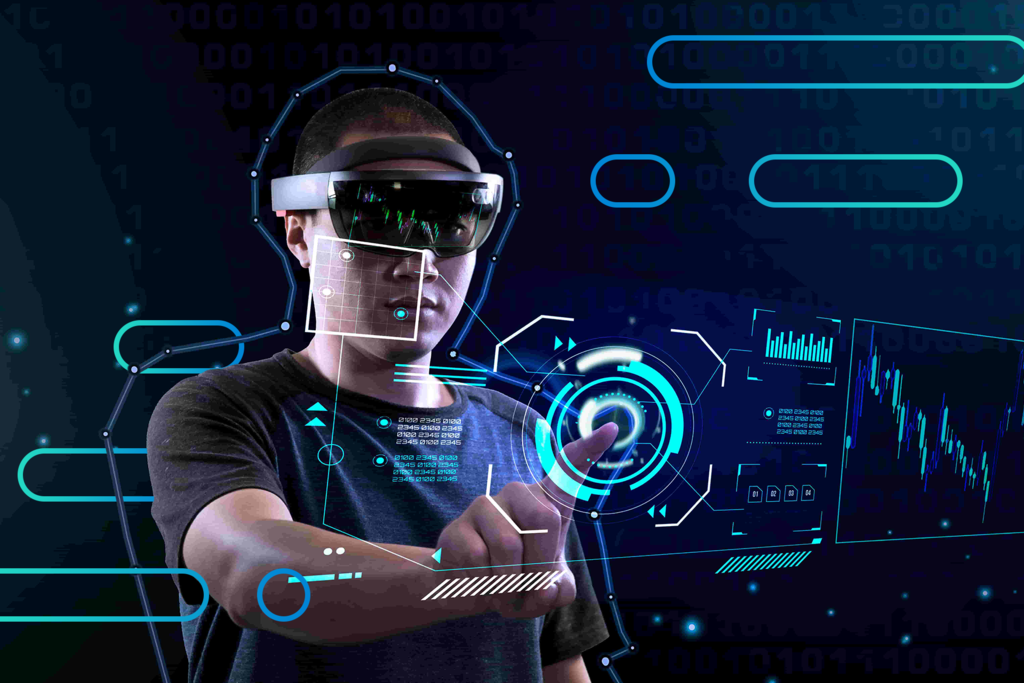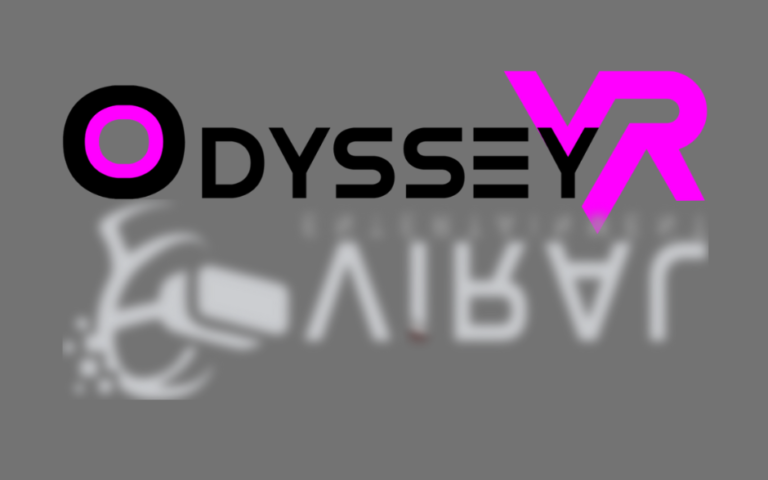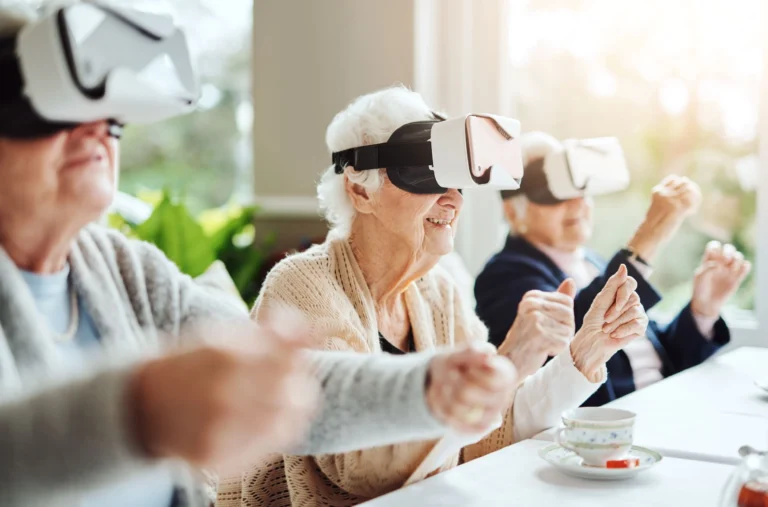Virtual reality (VR) has rapidly emerged as a ground breaking entertainment experience. However, its potential extends far beyond mere amusement. VR serves as a captivating “mirror” of physical reality, unlocking new possibilities across various sectors. In this article, we explore how VR is revolutionizing education, healthcare, fitness, and even construction, demonstrating its versatility and power.

VR and Education
VR has proven to be a game-changer in education, even before the era of remote learning. By immersing students in virtual environments, it engages and inspires them in ways traditional methods can’t match. With 360-degree VR, students access exceptional experiences that are otherwise inaccessible within the confines of a standard classroom. Motivation and focus skyrocket as VR departs from conventional learning techniques, fostering peer interaction, creativity, and team-based problem-solving through multiplayer functionalities.
VR and Healthcare
In healthcare, VR is revolutionizing patient care and training for medical professionals. It enables realistic simulations for surgical procedures, allowing surgeons to practice complex techniques in a safe, controlled environment. Moreover, VR therapy shows promise in treating mental health conditions, providing immersive experiences that aid relaxation, exposure therapy, and pain management.
VR and Fitness
Virtual reality has also made its mark in the fitness industry, transforming workouts into engaging and interactive experiences. VR fitness applications offer immersive environments that transport users to virtual worlds, making exercise more enjoyable and motivating. From high-intensity workouts to interactive games, VR enhances physical activity by blending entertainment with fitness.
VR and Construction
The construction industry benefits immensely from VR, streamlining design and planning processes. Architects and engineers can visualize structures in three-dimensional space, facilitating better communication and collaboration. VR simulations allow stakeholders to virtually explore buildings before they are constructed, minimizing errors and improving efficiency.
Conclusion
Virtual reality is not just a tool for entertainment; it is a transformative technology with limitless potential. Its impact on education, healthcare, fitness, and construction demonstrates its versatility and ability to enhance various sectors. As VR continues to evolve, we can expect even more groundbreaking applications that shape the world we live in.
Embrace the power of virtual reality and unlock a new realm of possibilities!



